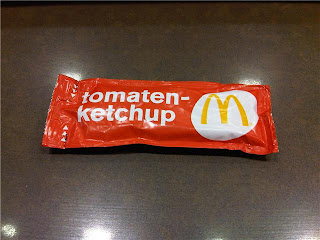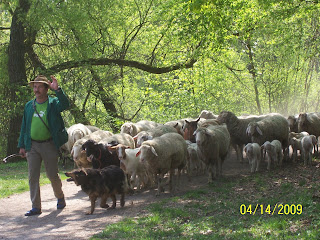Wikipedia tells us:
May Day occurs on May 1 and refers to any of several public holidays. In many countries, May Day is synonymous with International Workers' Day, or Labour Day, which celebrates the social and economic achievements of the labour movement. As a day of celebration the holiday has ancient origins, and it can relate to many customs that have survived into modern times. Many of these customs are due to May Day being a cross-quarter day, meaning that in the Northern Hemisphere it falls approximately halfway between the spring equinox and summer solstice.
In Bavaria, there is a tradition of a May Pole. Wikipedia tells us:
In the 16th century erecting a white and blue painted maypole became a tradition in Bavaria. Later, in the 18th century, symbols and shields of different worker's guilds were added to the pole. Young people of the village work together to select and cut down the tree, to transport and to decorate it. During the preparation it is necessary to guard the maypole because young people from other villages who would like to steal it. The setting up of the maypole is a big feast for the whole community.
Maypole in Munich:

Close up:

In Hohenschwangau (near Neuschwanstein):

In Nuremberg (in the Handwerkerhof):

After two weeks off for Easter Break, we get another day off!



 Neuschwanstein is pronounced New-shvon-stine. Neuschwanstein means New-Swan-Stone and you can see the evidence of the swan theme all over.
Neuschwanstein is pronounced New-shvon-stine. Neuschwanstein means New-Swan-Stone and you can see the evidence of the swan theme all over.
















































